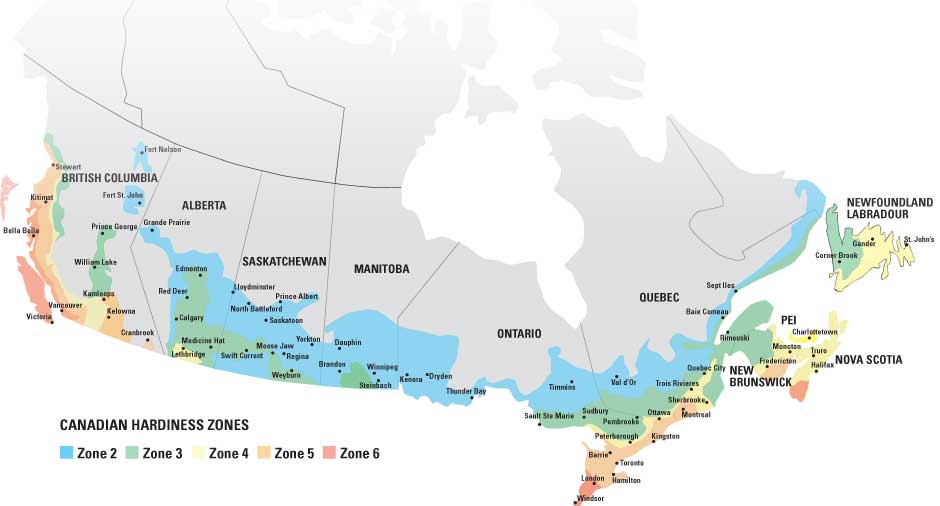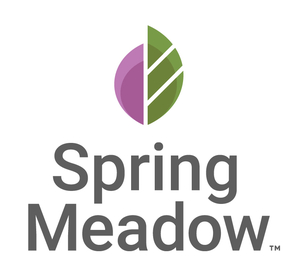
Some of the Feature Articles in the Winter 2025 issue ...

Growing Anthuriums
I fell in love with anthurium during a visit to the Hawaii Tropical Botanical Garden, just north of Hilo on the Big Island. Wandering along a misty, winding trail, I turned a corner and found myself in front of a grove of glossy, heart-shaped leaves crowned with impossibly vivid blooms. Often called the flamingo flower, it’s prized for long-lasting, jewel-toned blooms.
BY KIM WEST

Seed Stories
If I’m going to invest a lot of time and effort to grow a plant from seed, I would really like to know it has a chance of succeeding and maturing. I thought I would share with you a few of my favourite Canadian-bred (or stewarded) varieties. These are varieties that have passed through the hands of many Canadian gardeners over the years, so that today they have some pretty good Canadian roots, even if their place of origin is further afield…
BY TANIA SCOTT

Hardy Berries
Red, black, blue, purple, pink, white, green and orange. Eaten raw or turned into scrumptious desserts. Grown as groundcovers, thorny shrubs and small trees as far south as the Niagara Peninsula and as far north as Whitehorse. Most are native to Canada. For taste, variety and reliable production in all hardiness zones, hardy berries are a crop no garden should be without.
BY CYNTHIA B. LAUER
Inside this issue - Information and inspiration for Gardeners
Air Plants: Where Art and Houseplant Meet; Succession In Our Gardens; A Victorian Garden to Match a Victorian Home; Rhodes Raspberries & Black Currants; Reflections on Building a Water Garden; Changing Times, Changing Climate Zones; Use Garden Herbs Year Round; Plus … Ask Us; Feature Perennial; Wild Neighbours; Rural Roots and much more.
Subscribe Today
Published four times yearly, every issue is packed with interesting, relevant information and inspiring photography to help Canadian gardening be the best it can be. Industry professionals answer gardening questions and provide insight on trends and techniques. Master gardeners share their stories and passion for gardening and regular columnists offer useful hints and tips.


Subscribe or Renewal
Published four times yearly, every issue is packed with interesting, relevant information and inspiring photography to help Canadian gardening be the best it can be.
one year |
TWO year |
|
$35 |
$65 |
|
4 issues |
8 issues |
Gift Subscription
| Give the gift of gardening to your friends and loved ones with a one or two year gift subscription to the The Gardener for Canadian Climates. |  |
If you have any questions regarding the subscription process or your renewal, please contact subscriptions@gardenermagazine.ca
Know your growing zones
Canada´s plant hardiness zones are well known to Canadian gardeners. The original hardiness indices and zones were developed in the early 1960´s through regression models of several climatic paramaters and plant survival data from numerous locations across the country. Since that time Canada´s climate has changed and climate interpolation techniques have improved.




